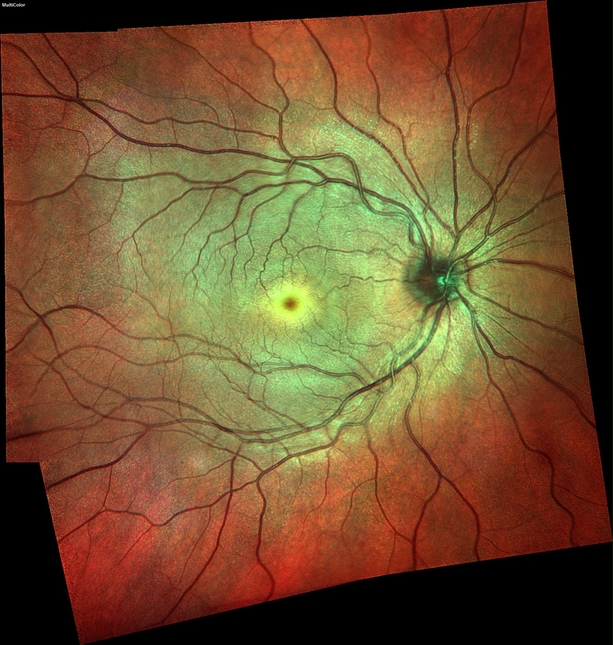See Beyond Vision: How Retinal Photography Could Save Your Life
This week, a client showed me an interesting report in the newspaper entitled ‘Eye test that could spot your risk of stroke.’
The report highlights the importance of digital photography which allows us to examine better the retinal blood vessels at the back of your eyes. Whilst the information implies this is a new technique (and it is for most opticians), we have been identifying stroke risk patients using such photography for over ten years! Let me explain how it works;
 The retina inside the eye is the only part of your body where we can see your blood vessels without peeling back skin to have a look. Checking the health of these vessels it gives us a good idea of the health of the vessels elsewhere in the body that we can’t see so easily.
The retina inside the eye is the only part of your body where we can see your blood vessels without peeling back skin to have a look. Checking the health of these vessels it gives us a good idea of the health of the vessels elsewhere in the body that we can’t see so easily.
Photography with our advanced system in practice allows us to zoom in on the blood vessels, seeing details as small as one micrometre. Examining these blood vessels can often show the signs of systemic diseases. High blood pressure can cause the blood vessels to become more tortuous over time – a little like a hose pipe that wiggles when you increase the pressure of the water. We can also identify the hardening of the blood vessels by changes in their structure and colour. Sometimes, we can also see blockages or thrombosis forming which can be an essential sign of potential health problems in the future. Diabetic patients are prone to leakages due to issues with the walls of their blood vessels, which can again be identified by retinal photography.
The Daily Mail report focuses on research which has found that the risk of stroke was 35% higher in those people with mild retinal vessel changes— and 137% higher in those with moderate or severe changes, even after adjusting for other stroke risk factors such as age, body mass index, smoking and blood pressure readings. Therefore, if we can identify these changes early, working with GPs to medicate and reduce the risk of future stroke is possible.
Unfortunately, it is a technique that is not 100% accurate as some people go on to have a stroke despite having perfectly healthy retinal vessels, but it certainly can potentially save the lives of those identified as being at risk. We refer dozens of patients each year for such risk factors.
So next time we photograph your eyes, you can be assured we look at more than just your eye health.
To find out more about our advanced eye examinations click here.





